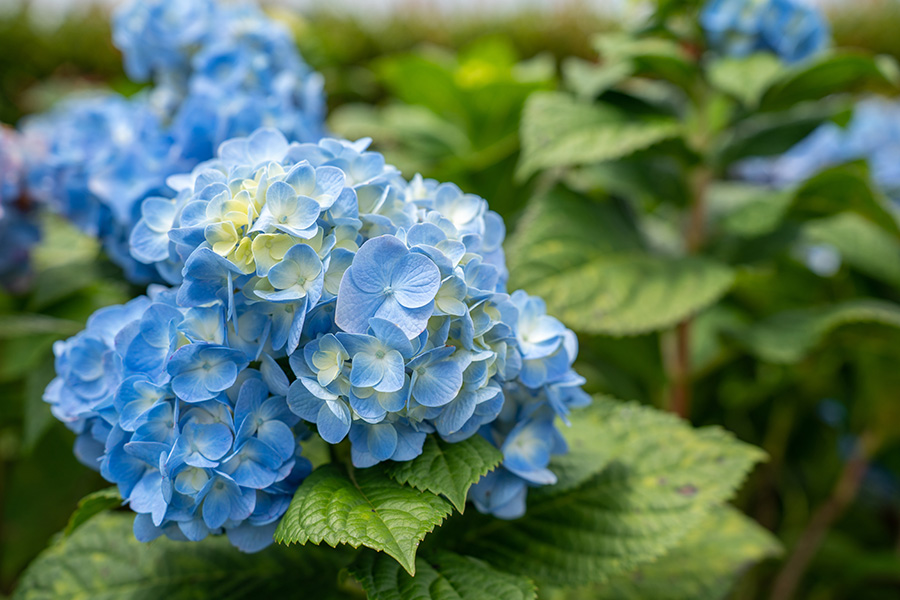Lawn and Garden
-

C 989
Tree Planting Details
This publication contains information about planting trees and shrubs, and includes AutoCAD files, .jpg images and .pdf files with instructions and images.
Kim D. Coder and David Berle
|
-

New ornamentals have long been considered the lifeblood of the green industry. This publication contains recommendations for best-performing new annuals based on research conducted at the Trial Gardens at the University of Georgia, showcasing the plants that were awarded Classic City Awards in 2019.
John M. Ruter, Bodie V. Pennisi, and Brandon C Coker
|
-

New ornamentals have long been considered the lifeblood of the green industry. This publication contains recommendations for best-performing new annuals based on research conducted at the Trial Gardens at the University of Georgia, showcasing the plants that were awarded Classic City Awards in 2018.
John M. Ruter, Bodie V. Pennisi, and Brandon C Coker
|
-

C 1063
Home Garden Peaches
Learn about how to grow peaches at home in Georgia. Peaches are not native to North America; however, many cultivars have been developed for our area, and Georgia has a long history of successful peach production. This resource includes information about site selection and preparation, planting, fertilizing, insects, diseases, and harvesting. Recommended peach varieties for Georgia are also listed.
Dario Chavez and Jeff Cook
|
-

Many Georgia communities are wrestling with wastewater disposal issues. The choices a community makes may affect its growth and environmental quality. This PowerPoint presentation presents the basics of wastewater treatment systems so that community leaders can make better-informed choices.
Julia W. Gaskin, Larry T. West, and Vaughn Berkheiser
|
-

A landscape designed, installed and managed according to Xeriscaping’s seven steps uses up to 50% less water than a traditional landscape. And, a well-designed water-wise is just as attractive as a traditional landscape.
Rose Mary Seymour and Sheri Dorn
|
-

Planting ornamental plants correctly increases their survivability and performance in the landscape, and it helps them develop a vigorous, healthy root system that increases their drought tolerance during periods of limited rainfall. This pubication provides research-based guidelines for proper planting.
Sheri Dorn
|
-

Water-wise landscapes not only save water, they save time by requiring less routine care than most traditional landscapes. This publication offers guidelines to help you achieve these goals and conserve water when managing your landscape.
Sheri Dorn
|
-

Bigleaf hydrangea, also called French, Japanese, or snowball hydrangea, is a landscape plant. Bigleaf hydrangea can be transplanted to the landscape for repeat blooms each year.
Sheri Dorn
|